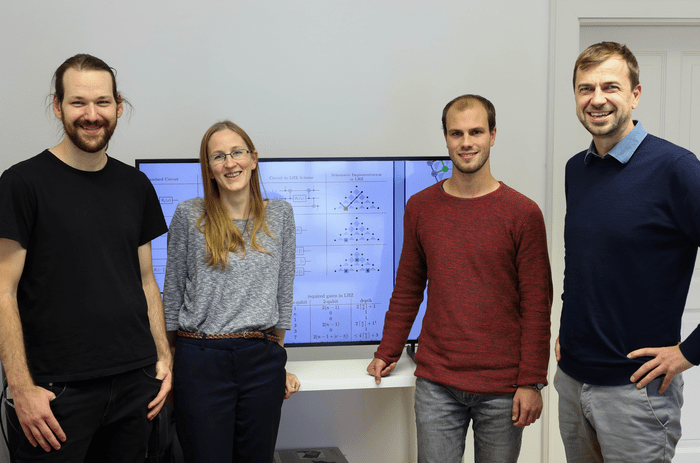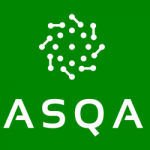Could there be a Universal Quantum Computer? Research from the University of Innsbruck says Yes

Due to their fragility and susceptibility to noise, quantum computers still have a long way to go before they can be more widely used. One of the main challenges in developing this technology has to do with its architecture. As many engineers have already found, the qubits within the quantum computer act both as a memory unit and a computing unit at the same time. This creates limits on what the technology can do, as the quantum memories cannot be copied and thus cannot be stored in a classical computer. Because of this limitation, many quantum developers posit that qubits in a quantum computer have to interact with each other better in order to share memory information. New research from the University of Innsbruck suggests a new architecture for a quantum computer. This architecture, called LHZ architecture after researchers Wolfgang Lechner, Phillip Hauke, and Peter Zoller, is designed specifically for optimization but also can perform parity operations and error correction. The architecture allows these processes to happen as the physical qubits are encoded for the coordination between bits instead of for the actual qubits themselves.
“The LHZ architecture is a quantum architecture that allows us to encode optimization problems for a quantum computer in a way that does not require difficult long-range interactions when solving them,” explained Ph.D. researcher Michael Fellner of Lechner’s research group. “This is different from conventional approaches which often require a large overhead in gate resources for these interactions. To reduce this overhead, the implemented architecture is paired down significantly. This allows the LHZ architecture to perform parity processes. “Instead of encoding every bit variable directly in a quantum bit (qubit), the qubits in the LHZ architecture represent the difference (“parity”) between two or more viables, which simplifies the implementation of certain quantum algorithms,” Fellner added. By encoding the qubits with this parity, the number of qubits needed for quantum computing decreases, allowing an easier method for scalability and implementations and even suggesting a possible way to make these machines more mobile.
The Pursuit of Parity
The idea of parity on a quantum computer is not actually new. As Fellner explained: “Existing quantum computers already implement such operations very well on a small scale. However, as the number of qubits increases, it becomes more and more complex to implement these gate operations.” In designing the LHZ architecture, the Innsbruck researchers planned for this possible problem by programming their qubits in a different way than a typical quantum computer. “By exploiting the fact that qubits in the Parity Architecture encode the relative party of multiple ‘standard’ qubits., it can implement some quantum operations in a simpler way,” Fellner added. “In our recent work, we have shown that it is possible to construct a set of gates that is universal, i.e. allows one to implement any algorithm.” This type of universal quantum computer suggests big implications for the quantum computing industry and may help to accelerate its development. “On top of that,” Fellner stated, “one can exploit the overhead in the number of qubits to detect and correct quantum errors that might occur during the computation.”
Using LHZ Architecture to Mitigate Error Correction
Because of their susceptibility to noise, quantum computers can become rather error-prone. Several different methods are being tested as ways to mitigate error correction and the Innsbruck researchers believe that the LHZ architecture can help with this process. “Quantum errors can be classified into two types, so-called bit-flip errors, and phase-flip errors,” Fellner stated. The LHZ architecture is designed to correct both. One type of error, (either bit flip or phase error) is prevented by the hardware used,” added Innsbruck researchers Annette Messinger and Killian Ender. “The other type of error can be detected and corrected via the software.” With a robust method for error correction and scalability, it will be no surprise to see LHZ architecture begin to be implemented.
Already the spin-off company co-founded by Lechner and Magdalena Hauser, called ParityQC, is working with researchers at Innsbruck and elsewhere to try and use this new architecture.
Kenna Hughes-Castleberry is a staff writer at Inside Quantum Technology and the Science Communicator at JILA (a partnership between the University of Colorado Boulder and NIST). Her writing beats include deep tech, the metaverse, and quantum technology.





















